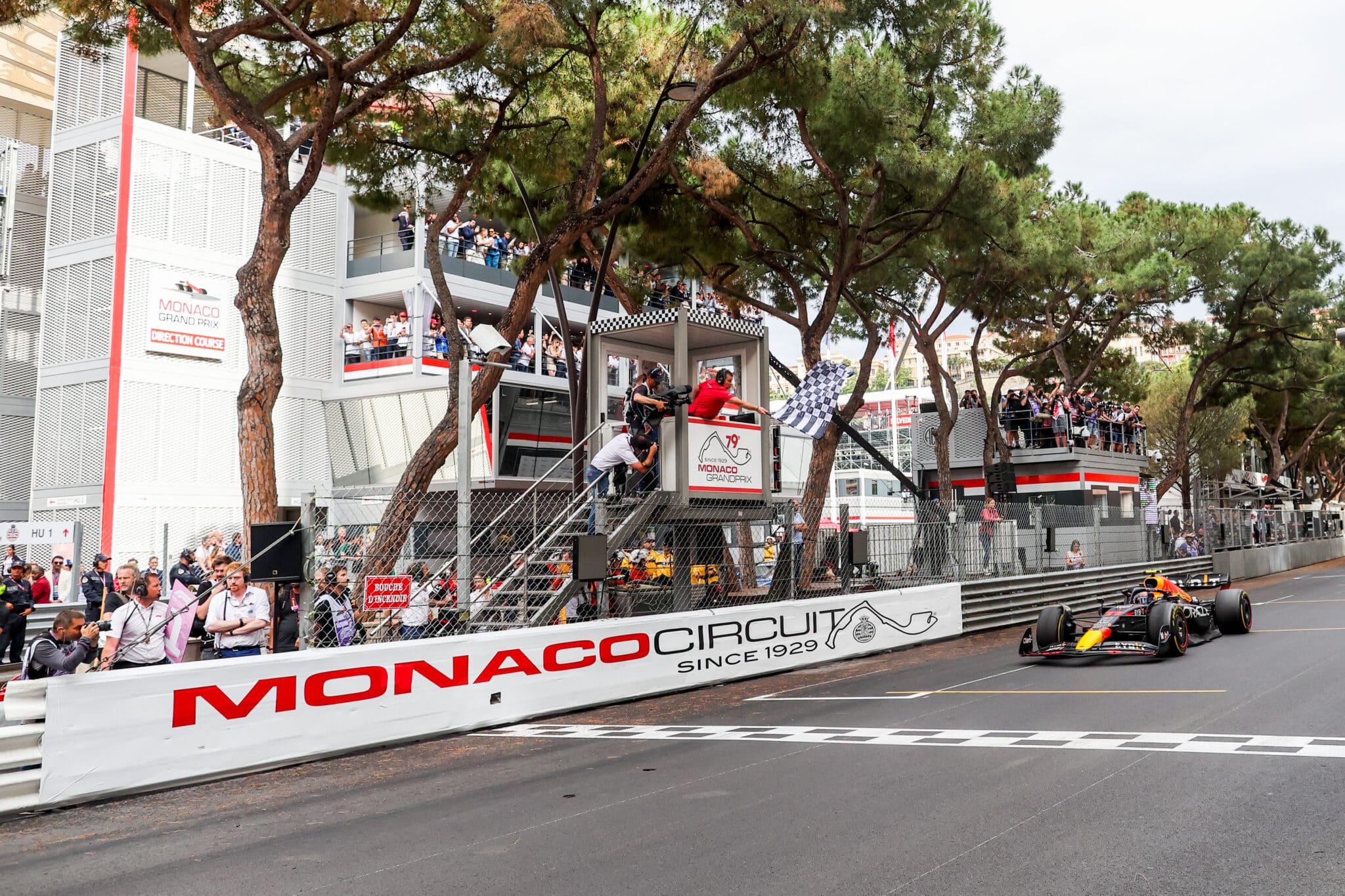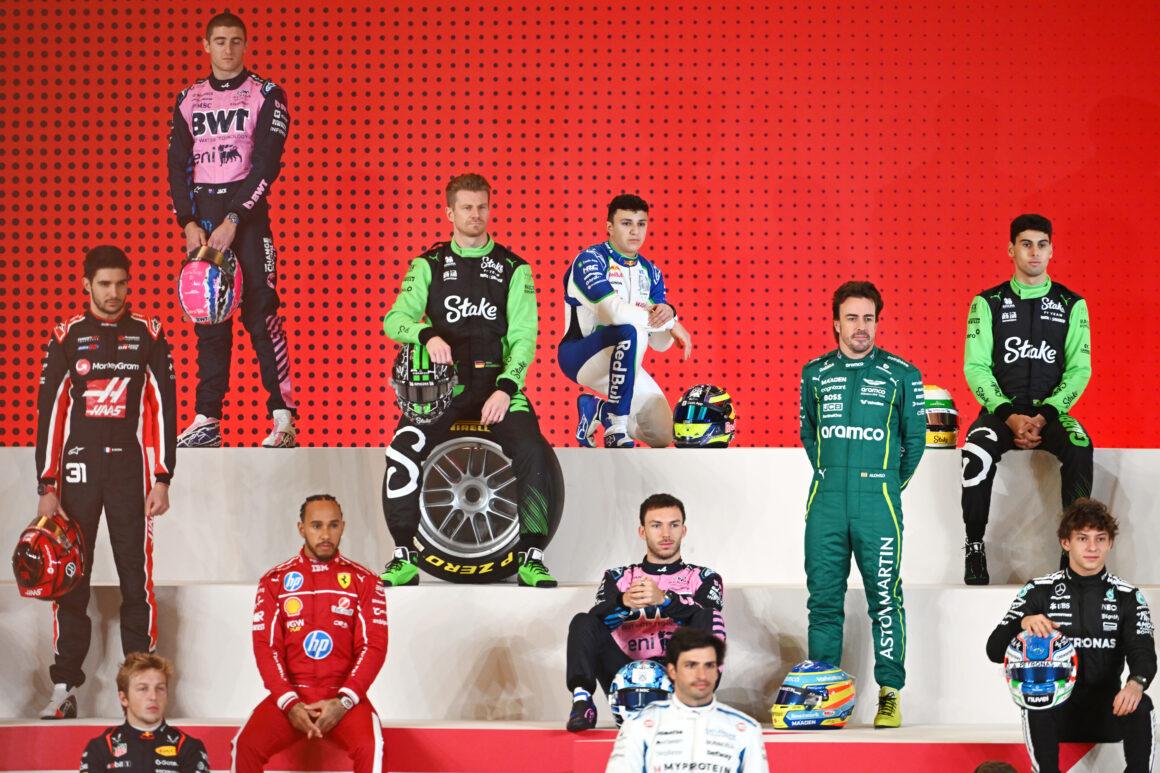The truth is, the length of a Formula 1 race varies depending on several factors. Unlike some other motor racing categories, Formula 1 runs to a specific distance rather than a set amount of time. This is to ensure that each race is roughly the same length, despite the varying sizes of the circuits.
For instance, 70 laps around Silverstone could take double the time of 70 laps in Montreal. Therefore, instead of a clock, a lap count is used to tell fans how close the race is to finishing.
The Role of Laps in Determining Race Length
Every Formula 1 race has a different number of laps because the minimum length of a Grand Prix is 190 miles (305 kilometers). The number of laps is determined by the length of the circuit. For example, smaller tracks will have more laps than larger ones to reach the minimum distance.
However, there is an exception to this rule. Monaco, being the smallest circuit on the calendar, has a minimum race distance of 160 miles (257km). This is because it was previously tough to complete 190 miles around Monaco while operating within the two-hour time limit that Grands Prix are given.
It’s also worth noting that sprint races are now a factor. These are essentially shortened versions of the Sunday race, with approximately a third of the points being awarded. The number of laps in a sprint race also varies depending on the circuit.
The Variable Nature of Formula 1 Race Durations
While each race has a scheduled number of laps, it is still against a clock to get the full distance done. This is because Formula 1 has two hours to complete the scheduled distance from lights out.
However, for varying factors such as multiple safety cars or slow laps, sometimes it cannot be completed within the time limit.
If a race hits two hours, it finishes at the end of the next full lap, regardless of how many tours have been completed. Additionally, the two-hour limit is only given for track time. If the race comes to a halt because of a red flag, Formula 1 has a three-hour window to get two hours of track time completed from the moment the Grand Prix has officially begun.
However, usually, races reach the scheduled distance without coming close to the time limit. The grands prix in 2023 have approximately taken 90 minutes for the race winner to take the chequered flag. Of course, sprint races do not take as long to complete, averaging around one hour shorter than the Grand Prix.
The Scheduled Distance of Formula 1 Races
The scheduled distance of a Formula 1 race is determined by the FIA, the governing body of motorsport. The distance is set to ensure that each race is roughly the same length, despite the varying sizes of the circuits. The minimum length of a Formula 1 race is 305 kilometers (190 miles), with the exception of the Monaco Grand Prix, which is run to a distance of 260 kilometers (160 miles).
The Number of Laps in Each Formula 1 Grand Prix
| Location | Laps |
|---|---|
| Spa-Francorchamps Grand Prix, Belgium | 44 Laps |
| Jeddah Grand Prix, Saudi Arabia | 50 Laps |
| Las Vegas Grand Prix, USA | 50 Laps |
| Baku Grand Prix, Azerbaijan | 51 Laps |
| Silverstone Grand Prix, Great Britain | 51 Laps |
| Monza Grand Prix, Italy | 53 Laps |
| Suzuka, Japan Grand Prix | 53 Laps |
| Circuit of the Americas, USA Grand Prix | 56 Laps |
| Sakhir, Bahrain Grand Prix | 57 Laps |
| Miami Grand Prix, USA | 57 Laps |
| Lusail, Qatar Grand Prix | 57 Laps |
| Albert Park, Australian Grand Prix | 58 Laps |
| Yas Marina, Abu Dhabi Grand Prix | 58 Laps |
| Marina Bay, Singapore Grand Prix | 61 Laps |
| Imola Grand Prix, Italy | 63 Laps |
| Circuit de Barcelona-Catalunya, Spanish Grand Prix | 66 Laps |
| Circuit Gilles Villeneuve, Canadian Grand Prix | 70 Laps |
| Hungaroring, Hungarian Grand Prix | 70 Laps |
| Red Bull Ring, Austrian Grand Prix | 71 Laps |
| Autodromo Hermanos Rodriguez, Mexico Grand Prix | 71 Laps |
| Interlagos, Brazil Grand Prix | 71 Laps |
| Zandvoort Grand Prix, Netherlands | 72 Laps |
| Circuit de Monaco, Monaco Grand Prix | 78 Laps |
The Longest and Shortest Races in Formula 1 History
Longest Formula 1 Race Ever
The longest race in Formula 1 history was the 2011 Canadian Grand Prix, which lasted for 4 hours, 4 minutes. The race was plagued by heavy rain and multiple safety car periods, leading to a lengthy suspension of the race.
Shortest Formula 1 Race on Record
The shortest race in Formula 1 history was the 2021 Belgian Grand Prix, which was officially recorded as lasting for just 3 minutes. The race was heavily delayed due to poor weather conditions and was eventually called off after just two laps behind the safety car.
What Happens When a Formula 1 Race Can’t Complete All Scheduled Laps?
In cases where a Formula 1 race is unable to complete all of its scheduled laps, full points may not be awarded. As of 2022, points can only be given once the leader has completed at least two racing laps without a safety car or virtual safety car being deployed. If the leader has completed less than 25% of the scheduled distance, approximately one quarter of the points will be awarded.
How Does the Length of a Formula 1 Race Compare to Other Motorsports?
The length of a Formula 1 race varies depending on the circuit, but it is generally shorter than other endurance motorsports such as the 24 Hours of Le Mans or the 12 Hours of Sebring. However, it is longer than most sprint races, which are typically around 30 minutes to an hour in length.
How Does the Length of a Formula 1 Race Affect Driver and Team Strategy?
The length of a Formula 1 race can have a significant impact on driver and team strategy. Teams must consider factors such as tire wear, fuel consumption, and pit stop strategy to ensure that they are able to complete the race distance as quickly as possible. The length of the race can also affect the number of pit stops a team makes, with longer races typically requiring more pit stops for tire changes and refueling.

